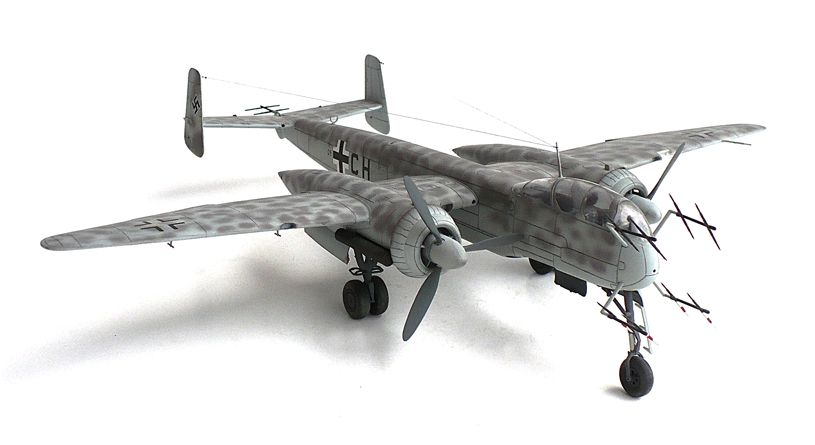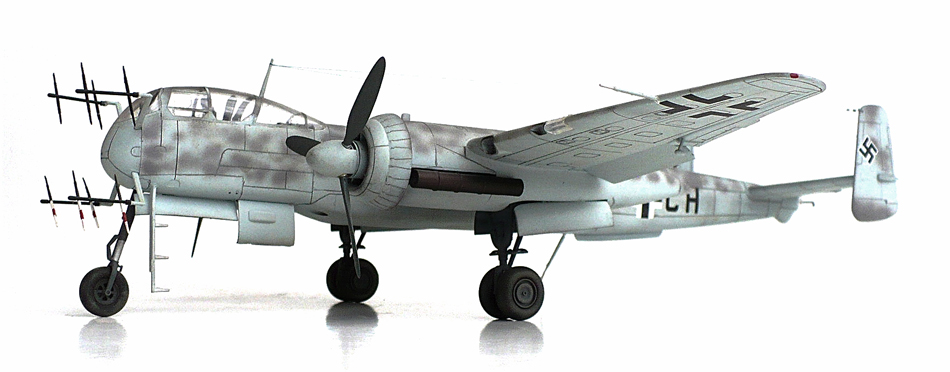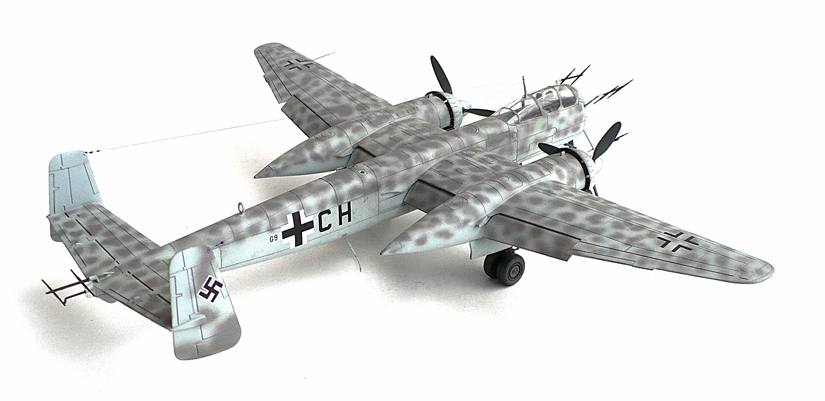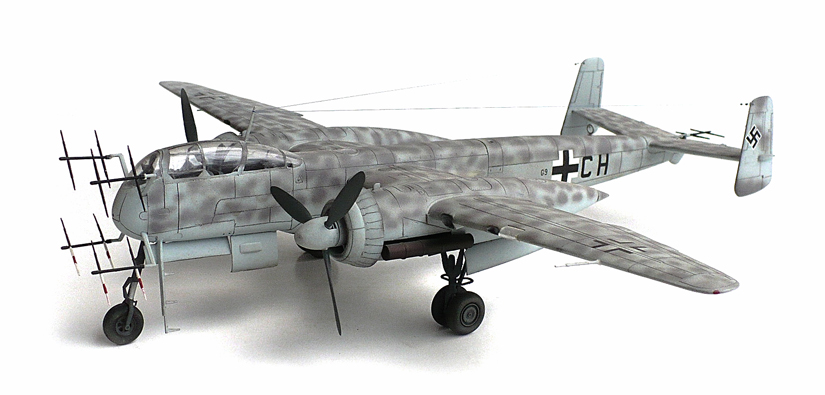From Wikipedia"
The Rockwell (now part of Boeing) B-1 Lancer is a four-engine supersonic variable-sweep wing, jet-powered strategic bomber used by the United States Air Force (USAF). It was first envisioned in the 1960s as a supersonic bomber with Mach 2 speed, and sufficient range and payload to replace the Boeing B-52 Stratofortress. It was developed into the B-1B, primarily a low-level penetrator with long-range and Mach 1.25 speed capability at high altitude.
Designed by Rockwell International, development was delayed multiple times over its history, as the theory of strategic balance changed from flexible response to massive retaliation and back again. Each change in stance changed the perceived need for manned bombers. The initial B-1A version was developed in the early 1970s, but its production was canceled, and only four prototypes were built. The need for a new platform once again surfaced in the early 1980s, and the aircraft resurfaced as the B-1B version with the focus on low-level penetration bombing. However, by this point development of stealth technology was promising an aircraft of dramatically improved capability. Production went ahead as the B version would be operational before the "Advanced Technology Bomber" (which became the B-2 Spirit), during a period when the B-52 would be increasingly vulnerable. The B-1B entered service in 1986 with the USAF Strategic Air Command (SAC) as a nuclear bomber.
In the early 1990s, following the Gulf War and concurrent with the disestablishment of SAC and its reassignment to the newly formed Air Combat Command (ACC), the B-1B was converted to conventional bombing use. It first served in combat during Operation Desert Fox in 1998 and again during the NATO action in Kosovo the following year. The B-1B has supported U.S. and NATO military forces in Afghanistan and Iraq. The Lancer is the supersonic component of the USAF's long-range bomber force, along with the subsonic B-52 and Northrop Grumman B-2 Spirit. The bomber is commonly called the "Bone" (originally from "B-One"). With the retirement of the General Dynamics/Grumman EF-111A Raven in 1998 and the Grumman F-14 Tomcat in 2006, the B-1B is the U.S. military's only active variable-sweep wing aircraft. The B-1B is expected to continue to serve into the 2030s, with the Next-Generation Bomber to start supplementing the B-1B in the 2020s.
On taking office, Reagan was faced with the same decision as Carter before: whether to continue with the B-1 for the short term, or to wait for the development of the ATB, a much more advanced aircraft. Studies suggested that the existing B-52 fleet with ALCM would remain a credible threat until 1985, as it was predicted that 75% of the B-52 force would survive to attack its targets. After this, the introduction of the SA-10 missile, the MiG-31 interceptor and the first Soviet Airborne Early Warning and Control (AWACS) systems would make the B-52 increasingly vulnerable. During 1981, funds were allocated to a new study for a bomber for the 1990s time-frame, this led to the Long-Range Combat Aircraft (LRCA) project. The LRCA evaluated the B-1, F-111 and ATB as possible solutions; an emphasis was placed on multi-role capabilities, as opposed to purely strategic operations.
In January 1982 the U.S. Air Force awarded two contracts to Rockwell worth a combined $2.2 billion for the development and production of 100 new B-1 bombers. Numerous changes were made to the design to make it better suited to the now expected missions, resulting in the new B-1B. These changes included a reduction in maximum speed, which allowed the variable-aspect intake ramps to be replaced by simpler fixed geometry intake ramps in the newer design. This reduced the B version's radar signature; the reduction in radar cross-section was seen as a good trade off for the speed decrease. High subsonic speeds at low altitude became a focus area for the revised design,[ and low-level speeds were increased from about Mach 0.85 to 0.92. The B-1B has a maximum speed of Mach 1.25 at higher altitudes.
The B-1B's maximum takeoff weight was increased to 477,000 pounds (216,000 kg) from the B-1A's 395,000 pounds (179,000 kg) The weight increase was to allow for takeoff with a full internal fuel load and for external weapons to be carried. Rockwell engineers were able to reinforce critical areas and lighten non-critical areas of the airframe, so the increase in empty weight was minimal. In order to deal with the introduction of the MiG-31 and other aircraft with look-down capability, the B-1B's electronic warfare suite was significantly upgraded.
Opposition to the plan was widespread within Congress. Critics pointed out that many of the original problems remained in both areas of performance and expense. In particular it seemed the B-52 fitted with electronics similar to the B-1B would be equally able to avoid interception, as the speed advantage of the B-1 was now minimal. It also appeared that the "interim" time frame served by the B-1B would be less than a decade, being rendered obsolete shortly after the introduction of a much more capable ATB design. The primary argument in favor of the B-1 was its large conventional payload, and that its takeoff performance allowed it to operate with a credible bombload from a much wider variety of airfields. The air force spread production subcontracts across many congressional districts, making the aircraft more popular on Capitol Hill.
B-1A #1 was disassembled and used for radar testing at the Rome Air Development Center at the former Griffiss Air Force Base, New York. B-1As #2 and #4 were modified to include B-1B systems. The first B-1B was completed and began flight testing in March 1983. The first production B-1B was rolled out on 4 September 1984 and first flew on 18 October 1984. The 100th and final B-1B was delivered on 2 May 1988; before the last B-1B was delivered, the air force had determined that the aircraft was vulnerable to Soviet air defenses















































